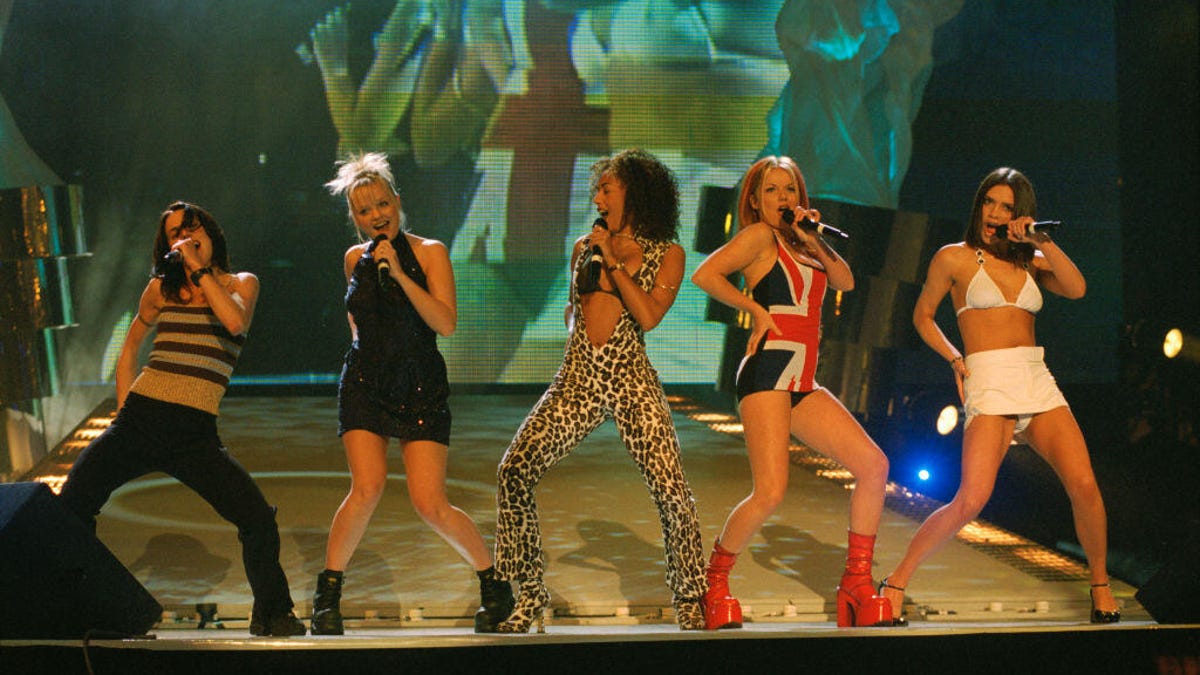AI and DJs Weigh In on the World’s Catchiest Songs

Key Points
- Museum study ranked songs by how quickly listeners identified them.
- ChatGPT, Gemini and Copilot each produced overlapping but distinct top‑ten catchy song lists.
- DJ Mark Pomeroy emphasizes emotional connection and beats per minute in live settings.
- DJ Sloan Lee highlights TikTok trends and a blend of classic and modern hits.
- Common catchiness traits include repetitive hooks, simple melodies and engaging tempos.
A recent look at what makes a song stick in listeners’ heads pulls together a museum’s recognition study, the song lists of AI chatbots like ChatGPT, Gemini and Copilot, and the on‑the‑ground insights of New Jersey DJ Mark Pomeroy and Atlanta DJ Sloan Lee. The museum survey ranked pop hits by how quickly people identified them, while AI models produced overlapping but varied top‑ten lists. DJs, seasoned in live events, stress emotional connection, beats per minute and TikTok trends as key drivers of catchiness. Together, these perspectives map a shifting but recognizable set of earworms that span decades and genres.
Museum Survey of Song Recognition
A museum conducted a study that asked participants to identify short clips of songs as quickly as possible. The fastest‑identified tracks emerged as the study’s “catchiest” songs, including a pop anthem that topped the list, followed by a Latin‑flavored hit and a classic rock anthem. The survey highlighted that quick recognition can serve as a proxy for how memorable a tune is to the public.
AI Chatbot Rankings
Three major AI chatbots each generated their own top‑ten lists of catchy songs. ChatGPT’s list featured the museum’s number‑one hit along with a mix of early‑2000s pop, a dance‑floor classic and a recent pop‑rock anthem. Gemini’s selection overlapped with the museum study on several tracks and added a few timeless rock and funk songs. Copilot’s compilation also placed the museum’s top song at the forefront while introducing contemporary chart‑toppers and a well‑known ballad. All three models emphasized repeated hooks, simple melodies and strong beats as hallmarks of catchiness.
DJ Perspectives from the Field
New Jersey veteran DJ Mark Pomeroy, with decades of experience dating back to the vinyl era, says the emotional connection a song creates is paramount. He notes that “It’s all about the connection,” and points to crowd‑tested favorites such as a breezy folk pop tune, a celebratory funk anthem, a line‑dance classic and a rock staple that consistently energizes local audiences. He also highlights beats per minute as a practical guide, citing an industry adage that faster songs are best saved for the late‑night surge.
Atlanta DJ Sloan Lee, who runs her own music company, observes that social media, especially TikTok, heavily influences song requests. She mentions that a 1970s soft‑rock hit resurfaced thanks to the platform, while newer tracks like a pop‑piercing club anthem and a Latin crossover have become regular requests. Lee’s setlists also feature enduring crowd‑pleasers such as an early‑2000s hip‑hop anthem, a classic sing‑along ballad, a disco‑era dance number and a modern pop hit that encourages listeners to shake it off.
Common Threads Behind Catchiness
Both AI analyses and DJ testimonies converge on several factors: repetitive choruses, memorable hooks, a tempo that aligns with natural human rhythms (often around the walking or heartbeat range), and the capacity to evoke an emotional response. While AI models stress the psychological and cultural context of earworms, DJs stress real‑time crowd feedback, BPM considerations and the amplifying effect of viral TikTok trends. Together, these viewpoints illustrate that the definition of a “catchy” song is fluid, yet certain constants—simple, hook‑driven melodies and a beat that moves listeners—remain central across decades and platforms.